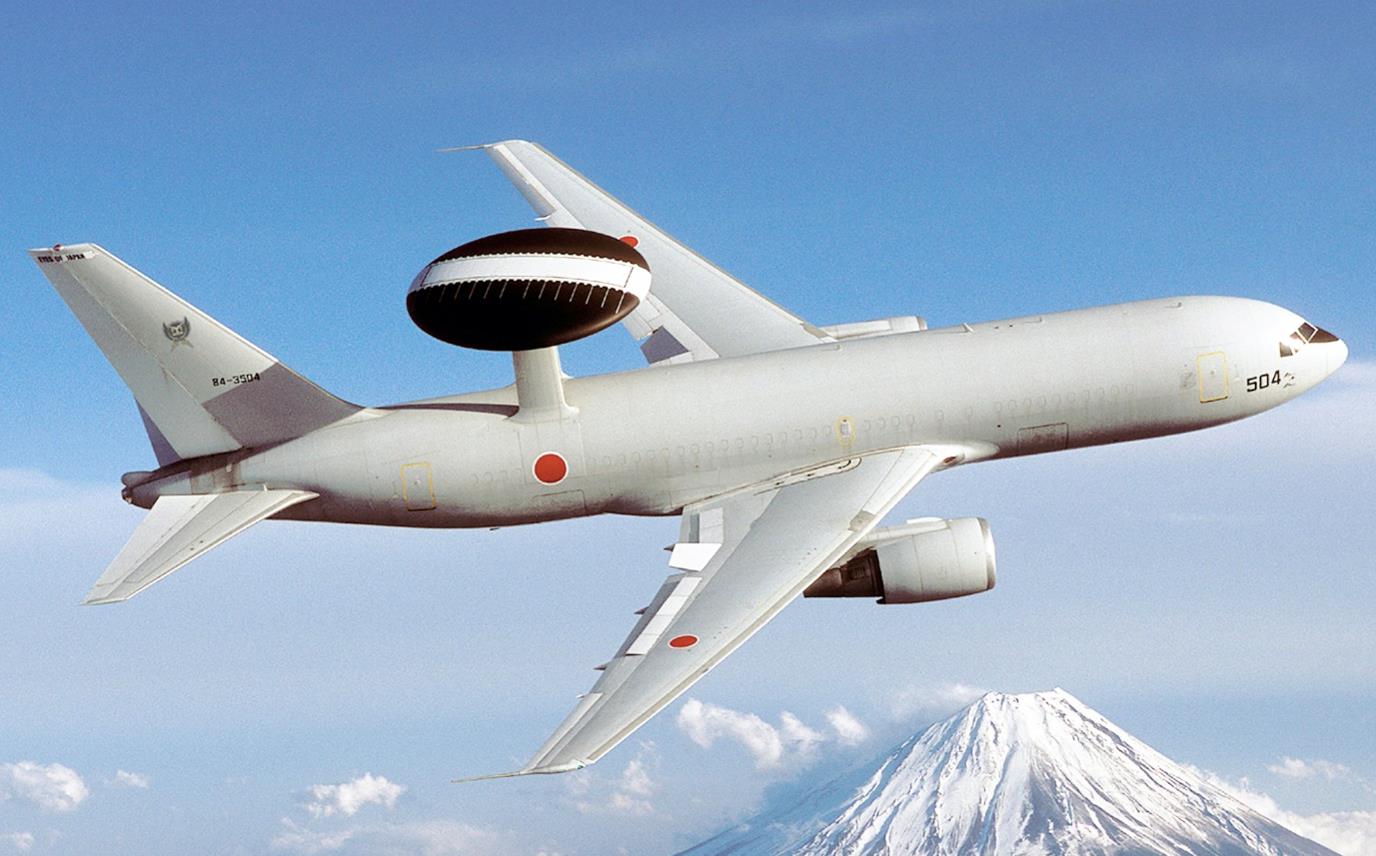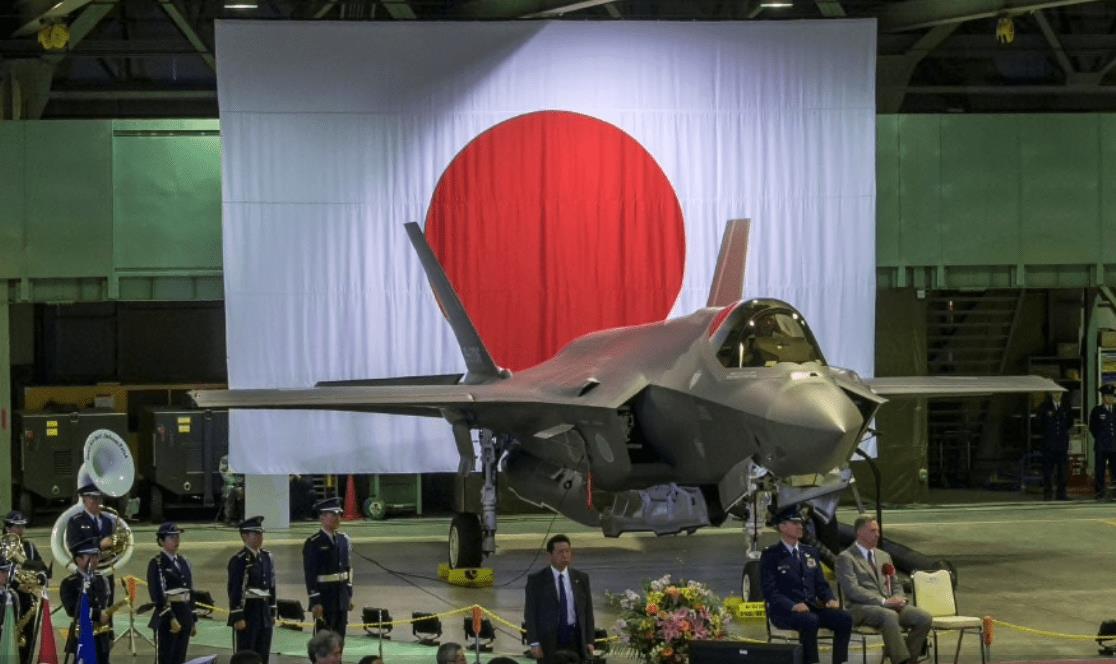(MENAFN- Asia Times)
New satellite photos from Xinjiang show China may be practicing to attack Japan's Boeing E-767 Airborne Warning and Control System (AWACS) aircraft, as recently reported and assessed by Nikkei .
The E-767, which is operated exclusively by Japan, can spot fast, low-flying aircraft and missiles that ground-based radars would struggle to decipher through ground clutter until too late.
They also function as command posts that share information between friendly aircraft and vector fighters towards their targets. Japan has operated four E-767 planes based at Hamamatsu Air Base since 2000. The E-767 has a flight range of 9,000 kilometers and a top speed of 800 kilometers per hour at high altitudes.
The Chinese mock-up was also seen parked on a runway, which hints at the possibility that China may attack Japan's airbases in the event of hostilities over Taiwan. China may be practicing hitting Japan's AWACS planes on the ground, as their extensive surveillance capabilities make them extremely difficult to shoot down once airborne.
The AWACS mock-up and runway showed the same shape-model to test missile accuracy as the layout seen in China's US aircraft carrier mock target , raising concerns that China is conducting full-scale war drills in its remote western Xinjiang region.
Without its AWACS planes, Japan would lose the ability to monitor its strategic Ryukyu Islands, which form a containment line against Chinese warships and submarines seeking to break out into the open Pacific in a flanking maneuver against Taiwan, or to launch submarine ballistic missiles to hit a key US military base at Guam or even the mainland.

A Japanese Boeing E-767 AWACS plane. Photo: Wikimedia Commons
The Ryukyus can be used as early warning and surveillance posts, logistics hubs and fortifications to defend against Chinese naval forces.
The satellite photos mark the first time China has been observed preparing for hostilities against Japan, as it has previously rehearsed attacks on US warships and bases.
The emphasis on targeting AWACS planes may hint at China's approach toward systems warfare , wherein the focus is not the annihilation of enemy forces on the battlefield, but the destruction, disruption and paralysis of the operational capability of the enemy's operational system.
This can be achieved by kinetic and non-kinetic strikes against key points and nodes while simultaneously employing more robust, capable and adaptable operational systems. If one AWACS aircraft is destroyed or taken out of action, there would be a serious gap in Japan's air defenses until it could be replaced.
The destruction of Japan's AWACS planes would likely have a profound effect on its missile defense and aerial combat over the Ryukyus, as this would seriously impair Japan's capability to respond against China's cruise missiles and aerial swarming tactics.
Without AWACS, Japan will have fewer assets to cover gaps in its ground-based air defense radar network, which cruise missiles could then exploit to hit their targets, among them radar stations and surface-to-air missile batteries.
The loss of AWACS planes and a significant number of radar stations would render Japan blind as to when to launch its fighters to repel an incursion by numerically superior Chinese fighters. Such a scenario could take Japan's fighter force out of action by attrition, forcing it to maintain multiple combat air patrols to make up for the loss of critical sensors and command and control nodes.
This all plays into China's aerial attrition strategy, which aims to inflict losses against Japan by forcing it to sustain an operational tempo beyond its capabilities. This can result in miscalculation and unintended escalation due to pilot and ground crew fatigue, or aircraft losses via equipment wear and tear, strained logistics and maintenance, and accidents.
China's drills to destroy Japan's AWACS planes on the ground may be a response to Japan's possible efforts to develop counter-strike capabilities aimed at Chinese bases and command and control functions.
Japanese security experts estimate that China has 1,900 short and medium-range missiles that can reach Japan, a threat that the Japanese government is considering adopting a counter-strike capability to deter, said Japanese Foreign Minister Yoshimasa Hayashi in a parliamentary meeting this month.

A file photo shows senior leaders of Japan's Ministry of Defense, US Forces Japan, Pacific Air Forces and Lockheed Martin gathering in a Japan Air Self-Defense Force hangar for the commemorative ceremony welcoming the first operational F-35A at Misawa Air Base. Photo: Wires
“Attacking the base of a guided missile would constitutionally fall under the scope of self-defense if the government perceives there were no other means to defend Japan,” Japanese Deputy Defense Minister Makoto Oniki stated in the same meeting.
In 2017, Japan announced its intentions to acquire long-range air-launched cruise missiles (ALCM) that can be fired from beyond the range of enemy air defenses.
It also plans to equip its F-35A fighters with the Joint Strike Missile (JSM) and modify its F-15 fighters to carry Long-Range Anti-Ship Missiles (LRASM) and extended-range Joint Air-to-Surface Standoff Missiles (JASSM-ER).
The JSM and LRASM have a range of 500 kilometers, while the JASSM-ER can hit targets up to 1,000 kilometers away. These missiles have the range to mount a counter-strike against China, as tensions mount in the East and South China Seas.
A strike package of“missile truck” F-35As and modified F-15s would plausibly be escorted by fighters with AWACS to detect and vector fighter escorts to incoming Chinese fighters.
Without the wide-area radar coverage of AWACS, these cruise missile-laden F-35As and modified F-15s would be much more vulnerable to Chinese air superiority fighters such as the Su-35 and J-20.
Chinese fighters may attempt to break up these strike packages by separating Japan's air superiority fighters from the cruise missile-carrying F-35As and modified F-15s, leaving the latter unprotected and vulnerable to attack.
MENAFN23052022000159011032ID1104255966
Legal Disclaimer:
MENAFN provides the information “as is” without warranty of any kind. We do not accept any responsibility or liability for the accuracy, content, images, videos, licenses, completeness, legality, or reliability of the information contained in this article. If you have any complaints or copyright issues related to this article, kindly contact the provider above.